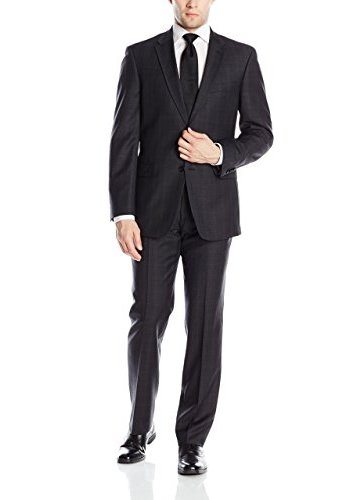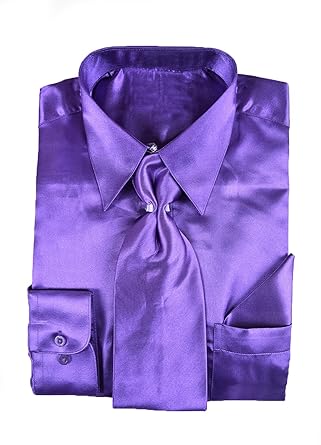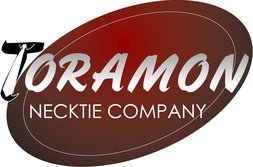Blog
Mixing Patterns Like A Boss
One way to add style to your wardrobe and to your everyday dress is by mixing patterns. However, pulling off an outfit with multiple patterns can prove elusive if you don't know the basics and have the guidelines to do so. Do geometrics go with dots, do stripes and paisleys work together? How can you tell if you don't know the rules! That's why we've decided to give you a bit of advice on how to rock multiple patterns for a cohesive look.
First, what to consider:
1. Take the quality of your garments into account.
We're all about saving money, but sometimes you have to skip the clearance section and head to the higher-end rack. Quality clothing is an investment when it comes to dress shirts, suits, neckties, and shoes. You DO NOT want to rock that $15, shiny satin dress shirt (with matching tie might I add) with an elegantly tailored $1000 wool suit. The quality of one garment clashes with the quality of the other. That $15 shirt and tie is going to downgrade the look of the awesome wool suit you had custom made. Or even if you bought the suit off the rack, it's well-made and deserves a tailored, dress shirt to evoke the look you're going for.


2. Take style into account.
Do not wear those 1997 window-pane dress slacks with your seven-fold, handmade silk paisley necktie set. Honestly, we wish there was no such thing as window pane dress slacks, but alas there is, and many a closet contains more than a few. Clothing, like decor goes in and out of style. Don't go with every trend that comes out, but do pick and choose what works for you, your personal style, and the overall look and feel you want to convey. Stick with classic designs and styles for suits, slacks, and dress shirts. Neckties are an added bonus. And if you shop the right stores (Toramon Necktie Company, hint hint), changing your neckties to stay on trend fashion-wise will not be a budget buster and will always complement the classic pieces in your wardrobe.
Moving on to the pattern mixing....
Step 1: Determine the color family of your outfit
If you have white, ivory, light gray or even light blue shirts these count as neutrals and you can build the base of your outfit from here. Pretty much any color from the color wheel can be used with a neutral. It opens up a world of possibilities for color use. A few examples are:
White shirt- any color tie, any color pants
Ivory shirt- brown, tan, gold, black necktie with black, tan or brown pants
Gray shirt-pink, red, purple, black, blue necktie with gray, black or navy pants
Light blue shirt-red, burgundy, pink, blue, black necktie with navy, blue, black, brown or gray pants
Step 2: Choose a primary pattern
Experts in design say you need 3 patterns to add interest. BUT it is important to choose a primary pattern. What you don't need to do is put on a polkadot jacket and then slide into a pair of striped pants. Please....no. The primary pattern is what you see the most of. For instance your solid navy suit can be the primary pattern. Or even if the suit has small pinstripes that's fine too. The primary pattern is the lead and it can be bold or have larger designs, like in the case of a paisley dress shirt.

Step 3: Vary the scale
Once you've got the suit as your primary pattern add a couple of smaller patterns to the mix. These smaller patterns are meant to compliment the design of your primary pattern, but on a smaller scale. For example, if you're wearing a pinstriped black suit, maybe bring in a solid white or a thin-striped black and white dress shirt and a black, gray and white paisley necktie set. The colors go well together and the stripes of the shirt and paisleys in the tie compliment the pinstripes in the suit rather than overpower them.
Examples of Pattern Mixing
Chevron, Dots, and Florals
Stripes, Florals, Small/Neat Designs
Animal prints, Wide Stripes, Textured Patterns
Floral and Geometric
Black, White, and Everything
Grid and Florals
Checks and Florals
Paisleys and thin stripes
Paisleys and Small/Neat Designs
Last notes...
If you decide to use more than one large pattern (because you're that type of guy and that's what you like), try not to use more than two. Also darker colors tend to look more professional. So if you're in a work setting, maybe go with black, navy or charcoal as your lead color/pattern. And if it's a weekend cocktail or dinner party go with a bone-colored or light gray walking suit. No matter what you wear or how you decide to mix patterns, as long as you feel good, you'll look good.


